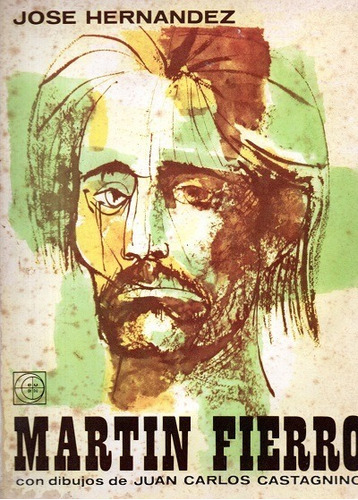

But who was the gaucho and how did he live before his world began to disintegrate? In a few short years, the gaucho would be a semi-mythical figure of the past. The Gaucho Martín Fierro takes place in the latter half of the nineteenth century, when gauchos as a recognizable social group were on the decline. Events in History at the Time of the Poem The rise of the gaucho In addition to producing this poem, perhaps the most widely read piece of Argentinian literature, Hernández supported the gauchos’ cause as a political activist, a soldier, a government official, and a journalist. Hernández, who grew up among gauchos on the cattle ranches of Argentina where his father worked as an overseer, committed himself to righting the wrongs they suffered.

The Gaucho Martín Fierro, popularly known as La ida (The Departure), protested the unjust laws and social conditions that forced the gaucho to become an outlaw and led to the demise of his rural way of life. José Hernández published only two poems: The Gaucho Martín Fierro and The Return of Martín Fierro. Together they seek refuge among the Indians.Įvents in History at the Time of the Poem The gaucho Martín Fierro is conscripted into the military and treated unjustly He deserts, becomes an outlaw, and teams up with a man named Cruz.

The first of two poems set in rural Argentina in the latter half of the nineteenth century published in Spanish ( as El gaucho Martín Fierro) in 1872, in English in 1935.


 0 kommentar(er)
0 kommentar(er)
